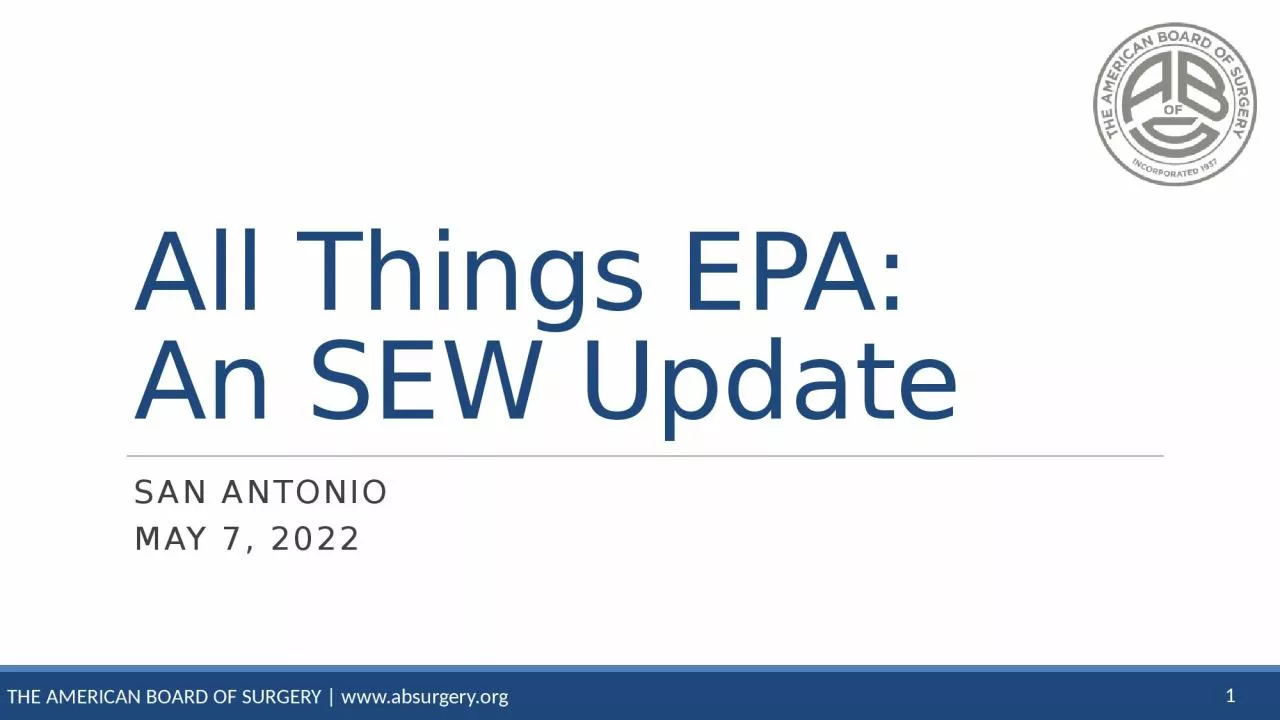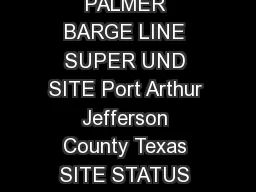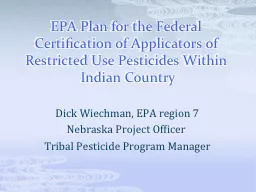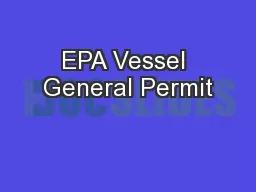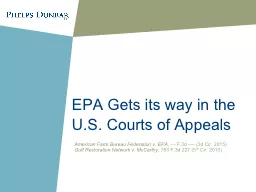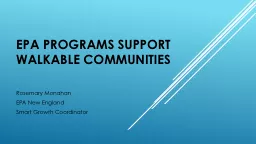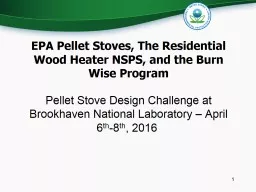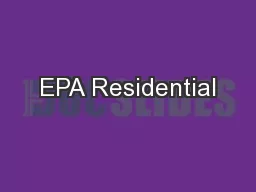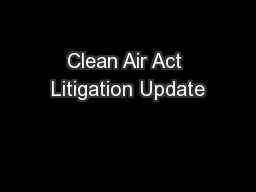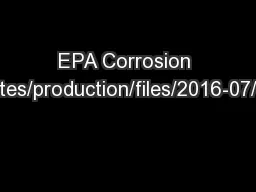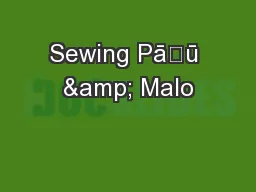PPT-All Things EPA: An SEW Update
Author : margaret | Published Date : 2024-03-13
San Antonio May 7 2022 THE AMERICAN BOARD OF SURGERY wwwabsurgeryorg Outline WelcomeJohn Mellinger Why EPAsDan Dent What have we learned from the pilotJake Greenberg
Presentation Embed Code
Download Presentation
Download Presentation The PPT/PDF document "All Things EPA: An SEW Update" is the property of its rightful owner. Permission is granted to download and print the materials on this website for personal, non-commercial use only, and to display it on your personal computer provided you do not modify the materials and that you retain all copyright notices contained in the materials. By downloading content from our website, you accept the terms of this agreement.
All Things EPA: An SEW Update: Transcript
Download Rules Of Document
"All Things EPA: An SEW Update"The content belongs to its owner. You may download and print it for personal use, without modification, and keep all copyright notices. By downloading, you agree to these terms.
Related Documents

